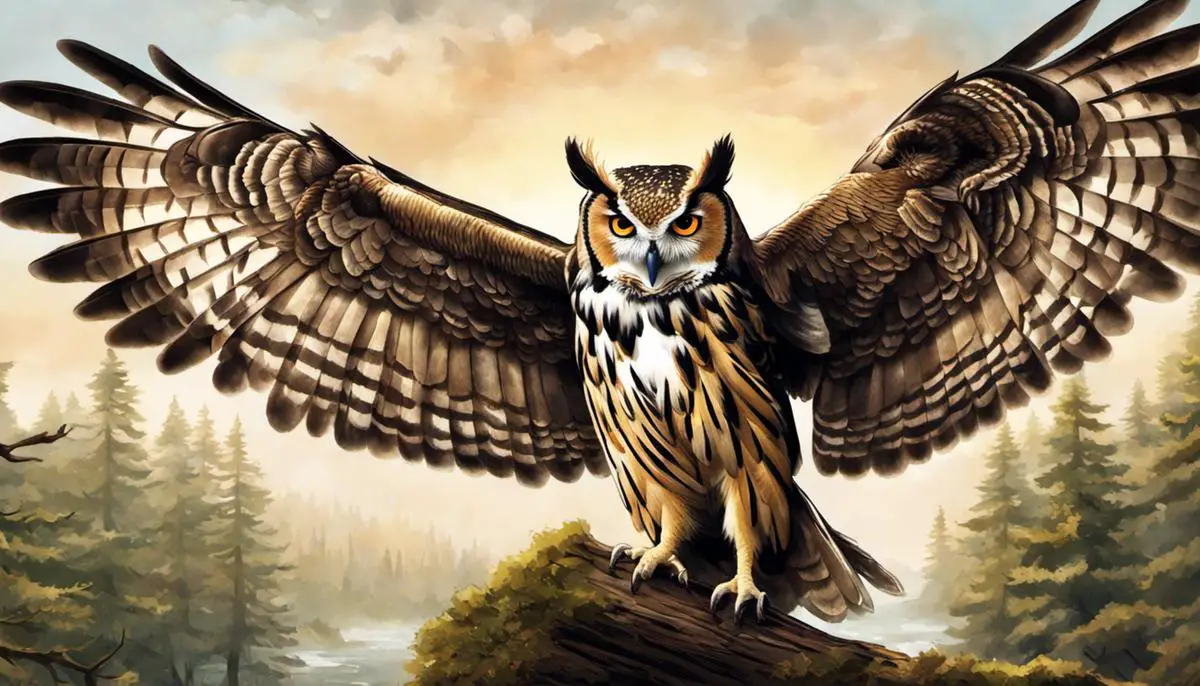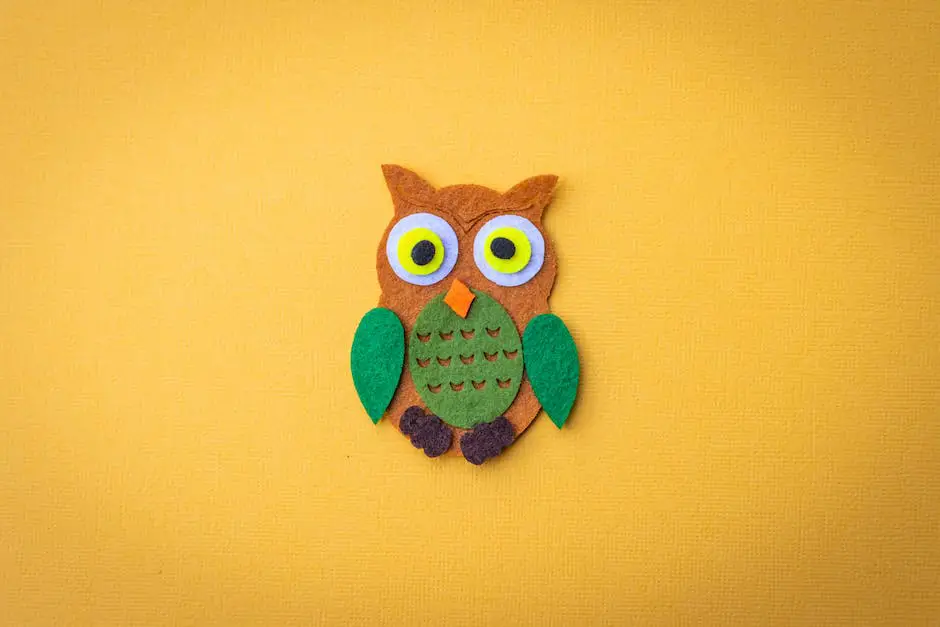Owl Attacks on Humans: Myth or Reality?
In the midnight stillness, adorned with an ethereal cloak of inky black, the owl perches, its eyes keenly observing the terrestrial expanse beneath it. A seemingly gentle creature, the owl is often perceived as a harmless or docile being.
However, in the face of danger or threat, these nocturnal raptors can exhibit startlingly defensive behaviour, raising questions about their potential for hostility towards humans.
This discourse aims to explore this topic from multi-faceted angles, delving into owl behavior, dissecting documented incidents of owl-initiated attacks, and discussing mitigation strategies for potential owl-human confrontations.
Understanding Owl Behaviour
Owls, belonging to the order Strigiformes, are generally highly solitary and nocturnal birds of prey. Their sense of survival instinct is extremely honed, making them extra cautious of their surroundings. They typically avoid human contact and pose minimal threat under regular circumstances. However, their behaviour can remarkably fluctuate due to several factors like their breeding season or the threat perceived towards their nest or offspring. Human contact or proximity during these times could stir defensive aggression, triggering an owl to attack.
Owls aren’t instinctually aggressive towards humans. Their primary instincts are hunting and breeding, they prioritize defense and the assurance of safety. However, if they perceive humans as a threat, especially during their nesting season or while protecting their young, they may resort to striking or attacking. This is often preceded by a series of warnings such as hooting, hissing, feather fluffing, bill clapping, and mock charging. Undeterred or unnoticed, these warning signals may escalate into an actual attack, with claws aimed typically at the human’s head or face region. Therefore, better comprehension and respect for owl behavior can fortify harmonious cohabitation.
It’s critical to comprehend that human attacks by owls are rare and typically a reaction to an imminent threat. As such, it’s wise to maintain an appropriate distance, especially during the breeding season, and being vigilant of signs of discomfort can prevent unnecessary confrontations. Furthermore, discouraging the association of humans as a source of food is crucial, and can be achieved by not feeding owls as this could promote more hostile behaviour.

Incidents of Owl Attacks on Humans
Owl Encounters with Humans
Human encounters with owls, particularly aggressive ones, aren’t common but do occur, especially if their nests or offspring are under threat. According to records from the International Owl Centre, occurrences of owls displaying aggression towards humans have been documented worldwide, with Great Horned Owls, Northern Hawk Owls, and Snowy Owls as the main culprits. However, the irregularity and low frequency of these incidents make it impossible to provide exact statistical data. Generally, such encounters are more common in areas where human-owl interactions occur frequently, such as parks, woodlands, or countryside settings.
Causes of Owl Attacks
While owl attacks can indeed occur, they are not hunting behaviors. Instead, these incidents often correspond to owl defense mechanisms during breeding season, when owls feel that their young are being threatened. The couple of attacks recorded showcase that owls usually swoop towards the perceived threat, using their sharp talons to strike the head or shoulders of humans – injuries, though generally not life-threatening, can potentially be serious due to their sharp talons and strong grip. Another factor contributing to owl attacks on humans is people intentionally coming too close to owls or trying to interact with them, dismissing signs of agitation displayed by the owls.
Potential Threats and Consequences
Though severe repercussions from owl confrontations are incredibly uncommon, the damage can range from slight to moderate, typically presenting as cuts, puncture wounds, or scratches. In extraordinary instances, victims have narrated experiences of temporary confusion or disorientation following the startling and swift nature of the attack. Therefore, it’s crucial to observe and respect wildlife from a safe distance and exercise caution while in known owl territories, particularly during breeding seasons.

Preventing and Misunderstanding Owl Attacks
Avoiding Confrontations with Owls
The preliminary measure for evading interactions with owls is comprehending their behaviour and ensuring respect for their personal space. Owls, similar to numerous wild creatures, are predominantly defensive animals, which signifies they are likely to strike if they sense danger or feel threatened. One typical instance is during nesting periods when owls become particularly protective of their offspring. Therefore, it’s always advisable to maintain a respectful distance and avoid areas known for owl nesting. Employing a source of light when navigating at night can potentially alert owls of human presence, deterring them from perceiving humans as potential threats.
Should you encounter an aggressive owl, remain calm and resist the urge to retaliate. Instead, attempt to make yourself seem larger by lifting your arms and maintaining a steady gaze on the owl, but avoid direct eye contact as this may be perceived as a threat. In addition, sporting a hat or other forms of headgear can provide a layer of protection against swooping attacks.
Understanding and Debunking Myths Surrounding Owl Attacks
There are several myths and misconceptions about owl attacks, which can lead to unnecessary fear and harm. One enduring myth is that owls are bloodthirsty predators who regularly attack humans. However, owl attacks on humans are quite rare and usually occur when an owl is defending its nest or feels threatened. Owls are primarily nocturnal and avoid human interaction as much as possible. These birds generally do not pose a threat to humans unless provoked or threatened.
Interpreting signs of aggression from an owl can be the key to avoiding an accident. Screeching, swooping, and intense staring can suggest that an owl feels threatened. Understanding these signs can help prevent unnecessary confrontations or attacks.
By respecting their space and treating them with caution, the risk of owl attacks on humans can be significantly mitigated, enabling a peaceful coexistence with these majestic nocturnal creatures.

Our exploration of owls, underscored by actual incidents across the world, shines a light on the unique behavioural traits that they employ when confronted with perceived threats. Whom they perceive as threats is also noteworthy, and as our forays into their habitats increase, so will the chances for possible conflict.
As in most cases involving wildlife, an understanding of their behaviour, combined with respectful distance and specific mitigating strategies, can ensure peaceful coexistence. Through such balanced approaches, we can maintain the inherent harmony between the ethereal residents of the night and us earthbound beings splashing about in the sunshine
